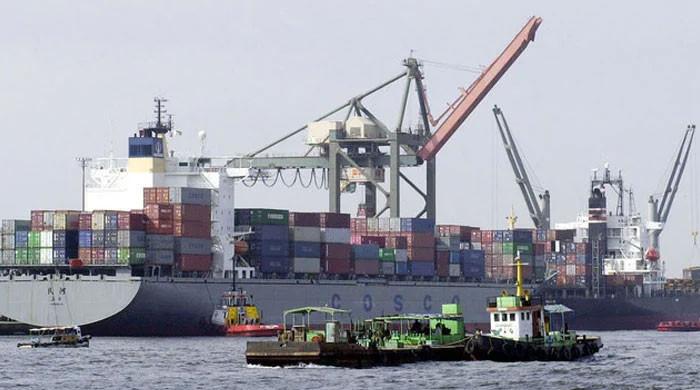PIDE Warns of Tariff Impact on Exports
- PIDE cautions about the devastating effects of tariffs on the export sector.
- Suggests diplomatic initiatives to emphasize the shared costs of tariffs.
- Proposes reducing tariffs on imports to facilitate negotiation.
The Pakistan Institute of Development Economics (PIDE) has issued a warning regarding the potential impact of reciprocal tariffs imposed by the United States, which could lead to a 20-25% decrease in Islamabad’s exports to Washington. This decline could result in an annual loss ranging from $1.1 billion to $1.4 billion.
PIDE suggests that the proposed reciprocal tariffs by the US could significantly harm Pakistan’s export sector, creating a challenging situation for the nation’s trade prospects.
In a policy note released on April 13, 2025, the institute highlights that these tariffs might cause macroeconomic instability, substantial job losses, and a critical drop in foreign exchange earnings.
The study, conducted by Dr. Muhammad Zeshan, Dr. Shujaat Farooq, and Dr. Usman Qadir, assesses the effects of a proposed 29% reciprocal tariff on exports to the US. This tariff, when combined with the existing 8.6% Most Favored Nation (MFN) tariff, could result in a total duty of 37.6%.
The outcome is projected to be a 20–25% reduction in exports to the US, equating to an annual loss of $1.1–1.4 billion, with the textile sector expected to suffer the most.
Dr. Nadeem Javaid, Vice Chancellor of PIDE, emphasized that trade promotes shared value and strengthens economies. He stated that the proposed tariffs risk damaging these connections. PIDE views this challenge as an opportunity for Pakistan to move toward a more resilient, diversified, and strategic export-oriented future.
In fiscal year 2024, Pakistan’s exports to the United States totaled $5.3 billion, making the US the country’s largest export market. A significant portion of these exports consisted of textiles and apparel, which already face tariffs as high as 17%.
The implementation of the proposed tariffs would severely undermine Pakistan’s price competitiveness, potentially allowing competitors such as India and Bangladesh to gain market share. The economic repercussions would extend beyond the textile industry.
Major exporters, including Nishat Mills and Interloop, might be compelled to decrease production, putting over 500,000 jobs at risk. Non-textile exports, like leather, rice, surgical instruments, and sports goods, also face increased vulnerability. Despite these risks, PIDE believes this crisis offers an opportunity for strategic transformation, urging Pakistan to respond with swift and thoughtful action.
In the short term, PIDE suggests that Pakistan should engage in high-level diplomatic efforts to highlight the mutual costs associated with the tariffs and to preserve established trade relationships. For instance, the US exported $181 million worth of cotton to Pakistan in 2024, a trade flow that is now endangered.
Pakistan could also consider lowering tariffs on selected US imports, such as machinery, scrap metal, and petroleum, to create a basis for negotiation. Additionally, Pakistani firms could be incentivized to increase their use of US-origin inputs like cotton and yarn to help sustain value chains and pursue tariff exemptions.
For the long term, PIDE underscores the importance of diversifying both export products and markets. Emerging destinations in the EU, China, ASEAN nations, Africa, and the Middle East offer growth opportunities in sectors such as IT, halal food, processed foods, and sports goods.
The report also advocates for measures to decrease energy and logistics costs, simplify regulations, and encourage innovation and technology adoption. Furthermore, a comprehensive US trade strategy is deemed necessary, focusing on building synergies in technology, agriculture, energy, and value-added manufacturing.
PIDE points out that the proposed US tariffs exceed the WTO’s bound tariff ceiling of 3.4%, potentially violating multilateral trade rules. While pursuing legal recourse through the WTO remains an option, Pakistan’s limited financial resources could impede such efforts.
The tariffs also disregard the interconnected nature of global trade. The US-Pakistan textile loop exemplifies this, with American cotton supplying Pakistani mills, which then export finished garments back to the US, indicating that disrupting this value chain would not benefit either nation.
The path forward is challenging, yet it provides an opportunity for Pakistan to reassess and fortify its export framework. Through timely diplomacy, strategic policy reforms, and bold diversification initiatives, Pakistan can not only weather this external shock but also emerge as a more competitive and resilient participant in the global economy.



Comments (0)
No comments yet. Be the first to comment!
Leave a Comment